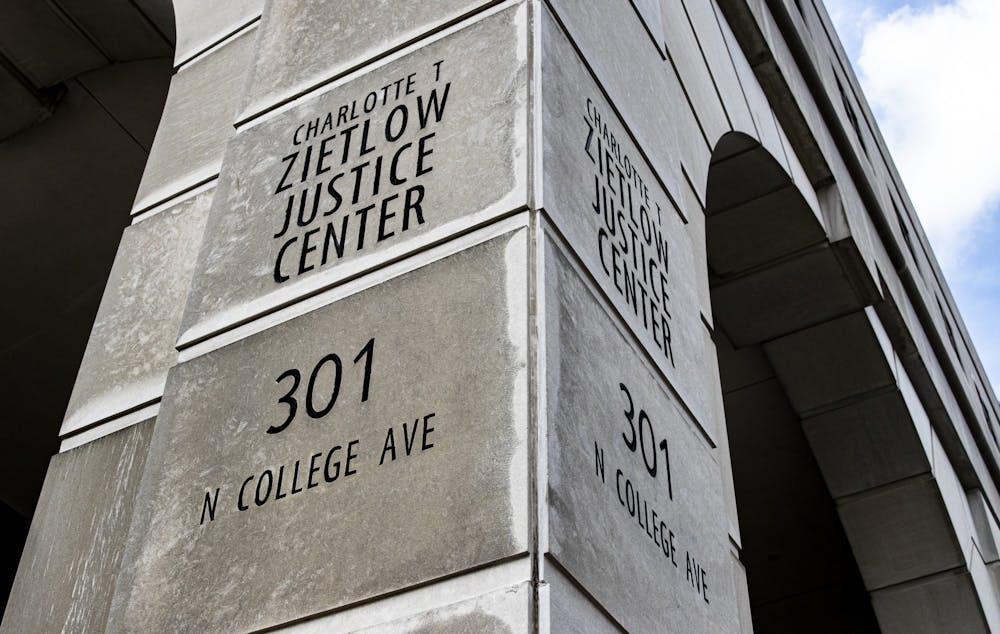The arrival of a sheriff with a platform of transparency has revealed the extent of the county jail’s poor conditions, sparking debate over whether a new jail should be built.
Located in the Charlotte Zietlow Justice Center on 301 N. College Ave., the Monroe County Correctional Center has had its share of problems, from an American Civil Liberties Union lawsuit over bad conditions to general deterioration. As the community demands an immediate remedy to the jail conditions, a push to build a new jail has generated backlash over costs and fears of increased incarceration rates.
Related: [Mayor envisions successful future for Bloomington in his final State of the City address]
On Jan. 23, newly elected Monroe County Sheriff Ruben Marté delivered a presentation to the Community Justice Reform Committee. It showed images of inmates using cups as pillows and several photos of jail infrastructure covered in rust, mold, trash and graffiti. Another photo pictured a pitcher of water for inmates that appeared dirty and discolored.
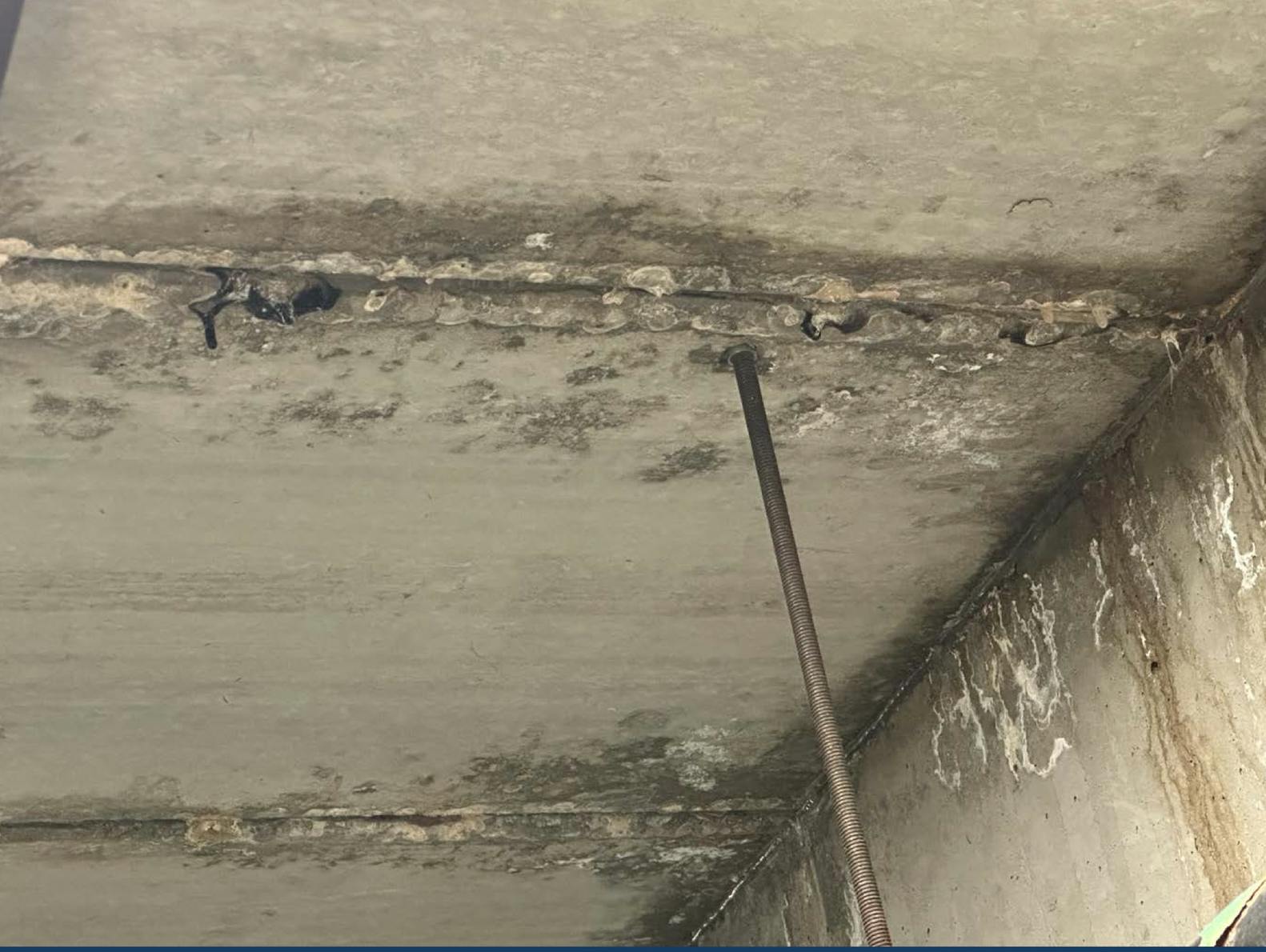
The images follow a 2021 report by a consultant, which detailed the deterioration of the jail and recommended action. The consultant’s estimation of what it would cost to renovate the jail was $22,122 on the low end and $56,484 on the high end.
The consultant said in the report that the jail, built in 1986, had “far exceeded its structural and functional life cycle.”
The county had initially considered an 87-acre parcel of land near Fullerton Pike on the southwest side of Bloomington as a site for a new jail, but the request to rezone the property was unanimously rejected by the city council in December. This decision was mostly due to its distance from downtown, which would make it difficult for people to access services once released from the jail, especially since the proposed location did not have a bus service.

Hope for Prisoners Task Force hosts a panel at the Unitarian Universalist Church
People gathered in the Unitarian Universalist Church on Feb. 12 to hear four panelists speak about the conditions of the jail, the debate over building a new one and the root causes of incarceration.
“I’ve been to many community meetings recently and what’s missing is the voice of the community,” Deb Fish, the chair of the Hope for Prisoners Task Force at the church, said as she introduced the panelists.
Jordan McIntire, a panelist who serves as the executive director of New Leaf New Life, said the question of building a new jail is complicated by a lack of trust in people who oversee the jail. New Leaf New Life is a group that helps incarcerated and formerly incarcerated people in Monroe County.
“It looked the way that it did for so long, and we didn’t know about it, and no one was holding anyone accountable,” McIntire said. “Why should we give the same system $100 million?”
During public comment for the UU event, Charlotte Zietlow, a former city councilmember for whom the location of the current jail is named, spoke about her thoughts on the photographs Marté presented.
“That’s disgusting,” she said. “But it didn’t happen overnight.”
A jail with a history of problems
Kyle Dugger, one of the county’s deputy public defenders and one of the four panelists, said in an interview that previous sheriffs have tried to hide the problems with the jail.
Related: ['Some of my neighbors were actually in tears': Opposition to annexation continues amid lawsuits]
“The jail has been neglected for a very long time,” he said. “Really, people have been talking about it for years.”
Marté is trying to change the culture of the prison by exposing the conditions and phasing out inhumane practices such as 23-hour lockdowns for prisoners, Dugger said.
“Fortunately, he agrees that physical and psychological torture is not supposed to be part of this,” Dugger said.
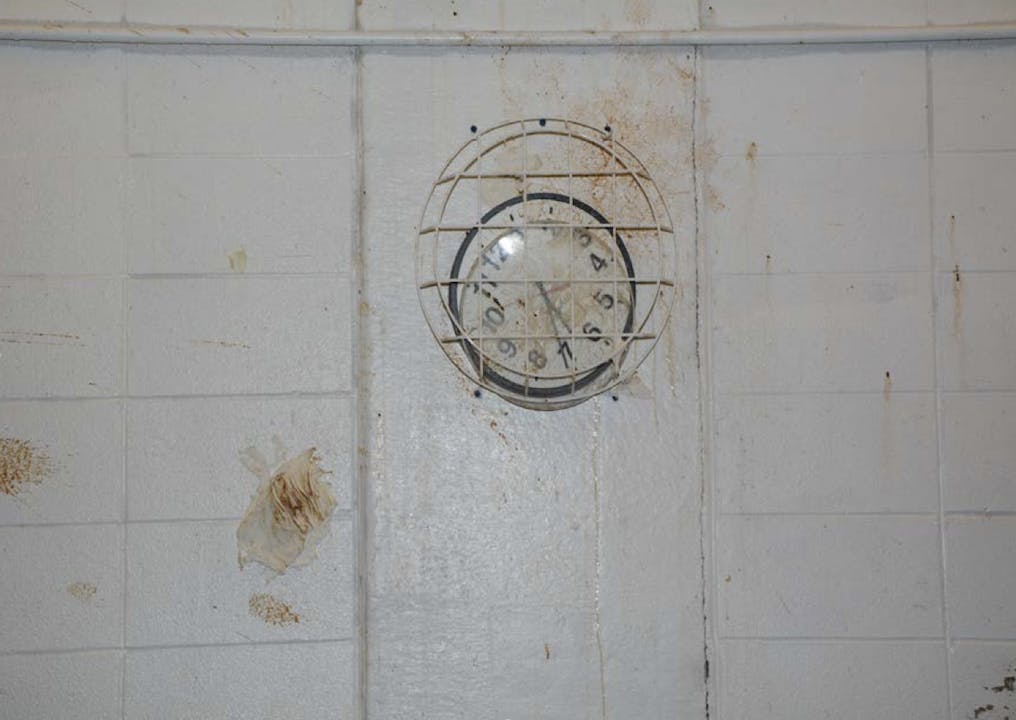
Dugger brought up other inhumane aspects of the jail, which includes inmates having to pay for medical care.
“I’ve represented people who chose to leave their medical needs unaddressed in order to talk to their loved ones,” Dugger said.
Part of the issue with holding people accountable for conditions in the jail is due to the difficulty of getting a tour, especially during the pandemic. People also are not given a “real tour” of the jail, according to Dugger.
When people tour the jail, they are not allowed to take their phone. That leaves only the words of the inmates, he said, which many people view as not credible.
Dugger said he likes County Councilmember Jennifer Crossley’s idea to create a citizen oversight panel to take unscheduled visits and photograph the jail to ensure humane conditions for inmates in the future.
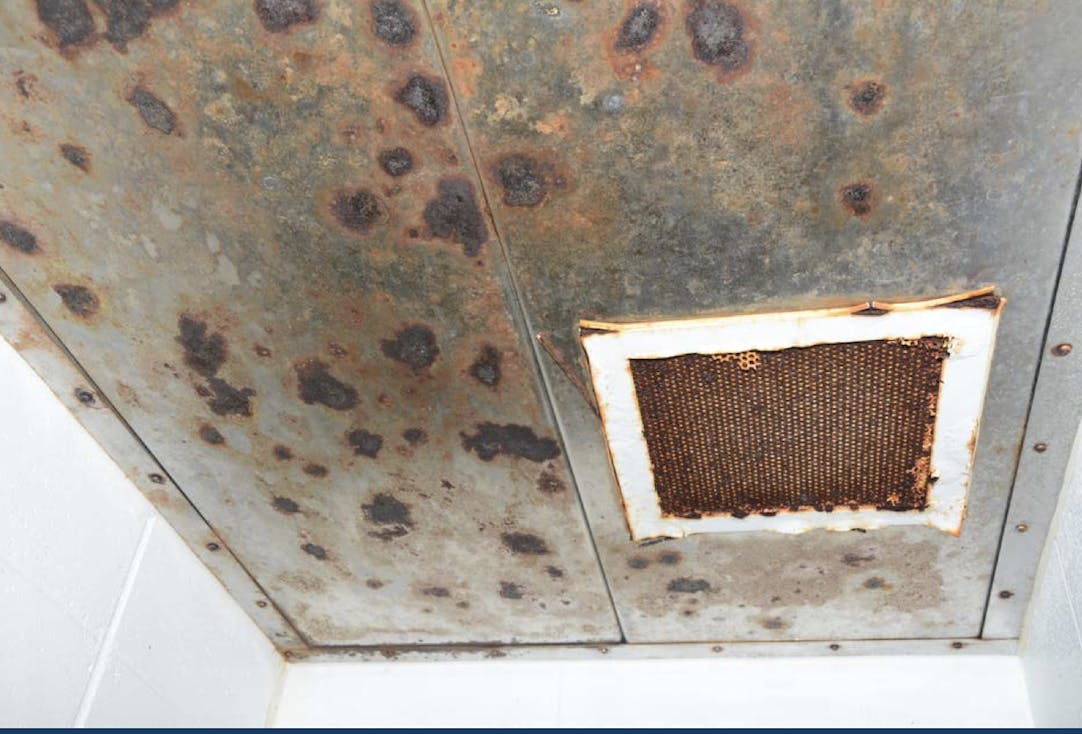
He acknowledges that some people do not care about how inmates are treated in jail but urged people to care regardless.
“I have represented lots of people who were innocent and did everything right,” he said. “It could happen to anybody.”
When it comes to the question of building a new jail, Dugger said renovations cannot wait.
“There is a current humanitarian crisis in the jail, so we cannot delay the current renovation for the time it will take to build a new jail,” he said.
Disagreements between the sheriff and county commissioners
On Feb. 20, Sheriff Marté forwarded an email he had sent to County Commissioners President Penny Githens to several public officials and the BSquare Bulletin. In it, the sheriff writes that he feels the urgency of cleaning up the jail was not felt by the commissioners.
One example in the email is the fresh intake holding cell, where inmates were lying on the floor without mats or blankets. Because the floor has become porous, it accumulated grime and could not be properly sanitized. Jail officials were concerned the floor could possibly harbor MRSA, but the Commissioners’ Administrator, Angela Purdie, said the issue should be addressed should MRSA occur, according to the email.
MRSA is a group of bacteria that causes staph infections that are resistant to antibiotics, making it difficult to treat. Later in the email, Marté described an inmate with a serious wound that was diagnosed with MRSA.
The IDS reached out to Githens, but she deferred to the county attorney.
Marté said in an interview that the commissioners continuously viewed health and safety issues as an aesthetic issue, and thus not as urgent.
“I just don’t know why they didn’t see what I saw when I first came in here,” he said.
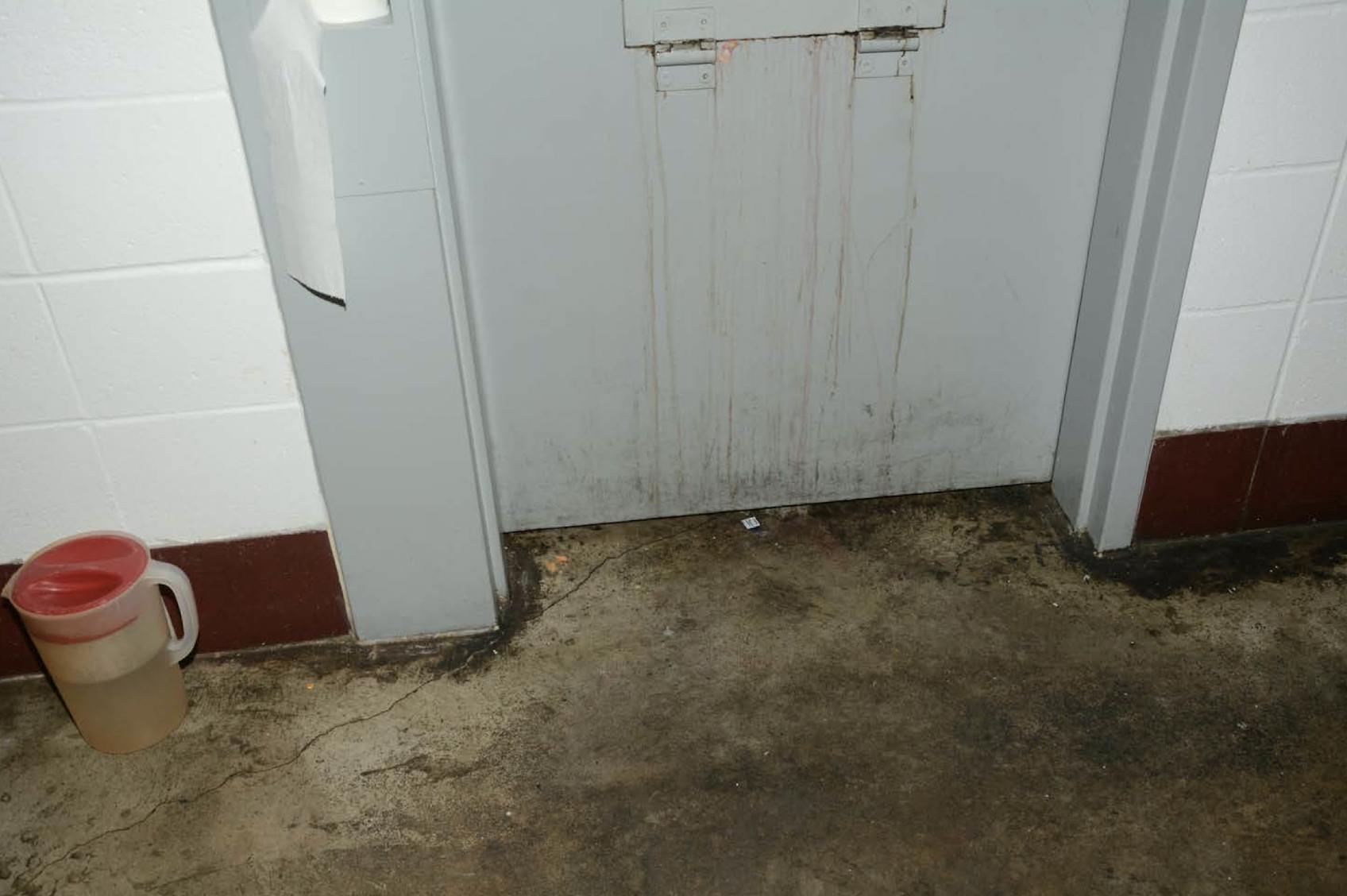
He said he wants to clean the place quickly, including adding a jail technician position to carry out the maintenance of the jail, a job that is currently being done by correctional officers on top of their primary duties.
“We just don’t have the luxury of not moving fast,” Marté said.
However, Marté breaks from other voices in the debate over a new jail.
“We do need one,” he said. “This one is so old they don’t even make parts for the things we need to replace.”
Kay Weinberg, a member of Care Not Cages, which is a local advocacy group opposed to building a new jail, said there are many buildings in Bloomington that are older than the current jail. Weinberg supports a transparent study comparing the costs of renovation with building a new jail, a recommendation from the same consultant’s report.
Members of Care Not Cages point to the estimated cost of $70 million or the Fullerton Pike project as further support for a comparative cost study in order to determine the most cost-effective option.
Weinberg was at the UU event and said it showed the public support for better jail conditions.
“I think what that event showed is that a growing number of people aren’t willing to let the jail be Bloomington’s dirty secret,” he said. “In a town with a lot of talk and sometimes little action, I think that’s a good sign.”
At the heart of Care Not Cages’ perspective is an opposition to investing money in continuing what they see as unjust incarceration that focuses on punishment more than rehabilitation.
The group references the top reasons for bookings in the jail in 2021, which included mostly minor, nonviolent offenses. The top three reasons were a failure to appear warrant, hold for other jurisdictions, and probation violations. When a jail holds people for other jurisdictions, it means they are temporarily keeping people with warrants out for their arrest in other counties in the Monroe County Jail.
Above all, Weinberg said there needs to be more focus on the voices of incarcerated and formerly incarcerated people.
“I think it’s embarrassing as a community that were not funding evidence-based solutions to the issues of substance abuse and homelessness,” he said.
CORRECTION: This story has been updated to provide the correct estimated cost of the Fullerton Pike project.

